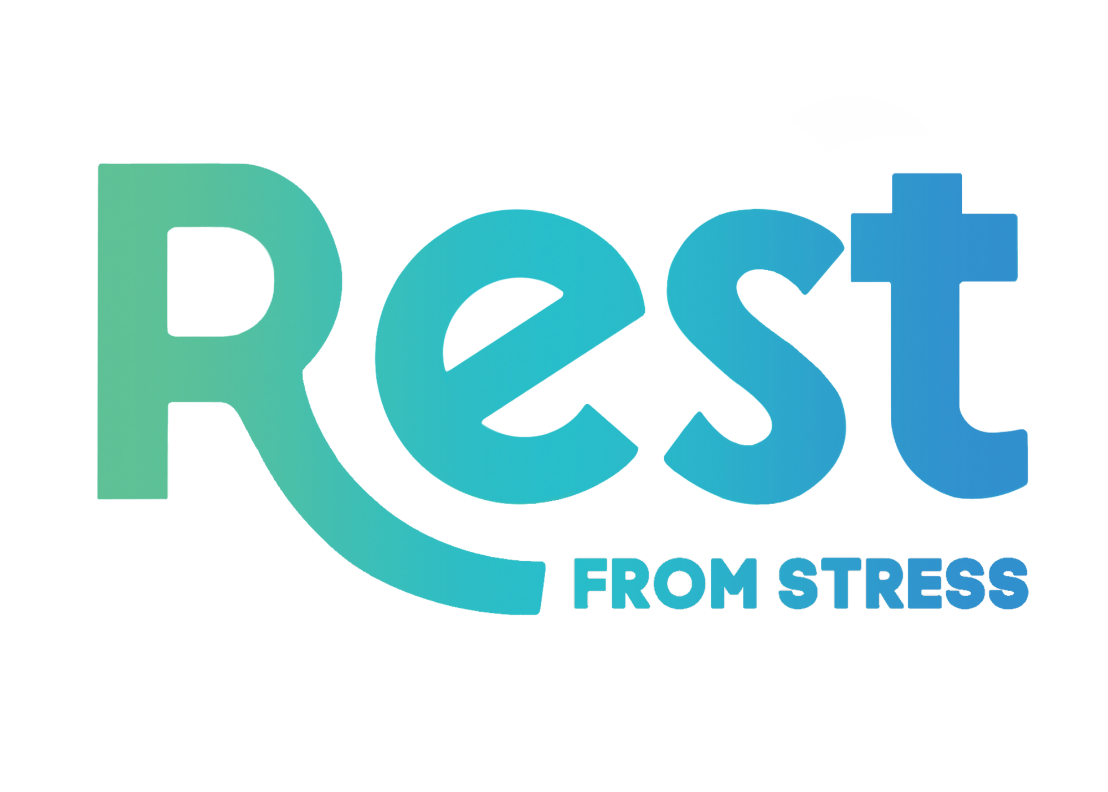Remember when you decided to stick to your New Year’s resolutions instead of ignoring them for the umpteenth time? One day, you were the reigning champion at hitting the snooze button. And the next, you were lacing up your running shoes just as the birds started to chirp. Because you were never a morning person, this was a sound you rarely heard.
Instead of waking up at a reasonable hour, you roll out of bed as soon as you hear the beep of the alarm you set for 5 AM. It was a seismic shift—a radical departure from how you’ve done things for God knows how long.
And you know what? Despite having the best intentions, by day three, your pillow started to whisper sweet nothings into your ear, tempting you back to the land of blissful sleep. Change is hard—even when it’s something we choose for ourselves.
Now imagine the challenge of navigating change at scale, whether it’s a tiny adjustment in your workflow or a major shift in how your company does business. The key to success in both scenarios lies in a deceptively simple concept: clear communication. Let’s explore why it’s the glue that holds any successful transformation together…
Why Communication Matters
Clear communication transforms the shift from something imposed on employees into a collaborative effort.
People are far more likely to embrace a change when they understand how it contributes to the bigger picture. When everyone is on the same page, they understand why the change is happening, and they’re more likely to get on board instead of digging in their heels.
They see the “why” behind the change, which makes it easier to accept. This sense of shared ownership empowers individuals to take the initiative, contribute their unique talents, and become invested in the transition’s success. It’s no longer about “me vs. the change” but becomes a team effort fueled by a common purpose.
Communication Strategies: From One-on-One to Companywide
The scale of the change dictates your communication strategy. For minor changes impacting a single person or team, a private discussion or a meeting with just the affected individuals might be all that’s necessary. This makes for a more personalized conversation, allowing you to directly address specific concerns and answer questions.
However, a wider net needs to be cast when a change affects multiple teams. Hold a meeting that includes all team members to explain the change and the reason behind it. Don’t forget about those on the periphery because teams not at the center of the change might be indirectly affected. Proactively providing updates to these groups minimizes confusion and builds trust.
Companywide shake ups require an even more comprehensive communication plan. This is where coordination is key. Work with your leadership team to craft a clear and consistent message that explains the reasons behind the change and its intended impact.
This message needs to reach both internal teams and any external stakeholders who may be affected, such as customers, business partners, or suppliers. A unified message delivered across multiple channels ensures everyone hears the same thing, reducing the potential for misunderstandings.
Leaders Make It Happen
Communication can only be as effective as the leaders delivering the message. Think of them as the conductors of an orchestra.
If they lack confidence in the piece they’re playing, it shows. Leaders who are hesitant, unsure of the reasons behind a change, or unprepared to field challenging questions sow seeds of doubt across the entire organization. However, when a leader fully understands and believes in the necessity of a change, their confidence radiates outward, and people can feel it in an almost visceral way.
Leaders must clearly articulate the ““why”” in a way that resonates with their teams. Their preparedness for tough conversations builds trust, making employees more likely to embrace the change rather than resist it.
Don’t Forget the Outside World
The ripple effects of internal changes can quickly extend beyond your company’s walls. A major shift within your organization could impact loyal customers, trusted business partners, and even your suppliers. Proactively managing how they experience these changes is crucial for maintaining positive relationships and minimizing disruptions.
Work closely with your marketing, PR, and executive teams to craft a clear, consistent message explaining the change, its purpose, and its potential impact on those outside the company. Conflicting information or delays will only breed uncertainty and erode trust.
Don’t let your external stakeholders hear about the change through the rumor mill. Instead, proactively control the narrative. Get your messaging ready in advance and communicate it strategically through appropriate channels.
Consider how you might mitigate adverse impacts on external stakeholders. For example, if there’s a significant price increase, you could offer transitional support, temporary incentives, or a phased-in approach to soften the blow. This demonstrates that you value those relationships and are committed to finding solutions that minimize disruption.




